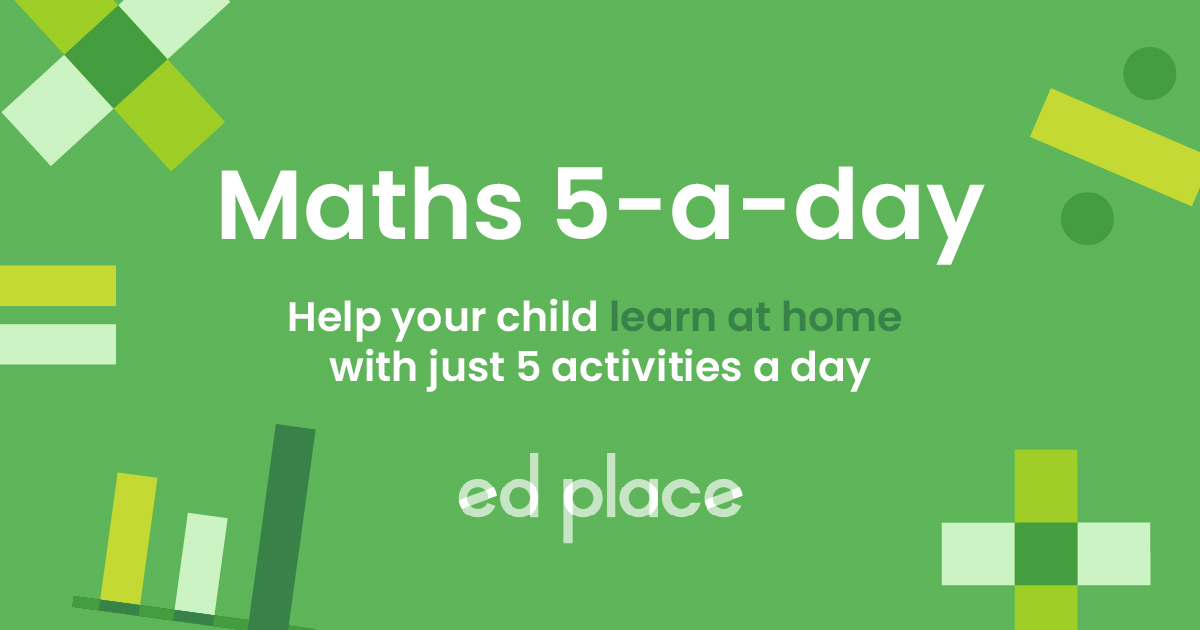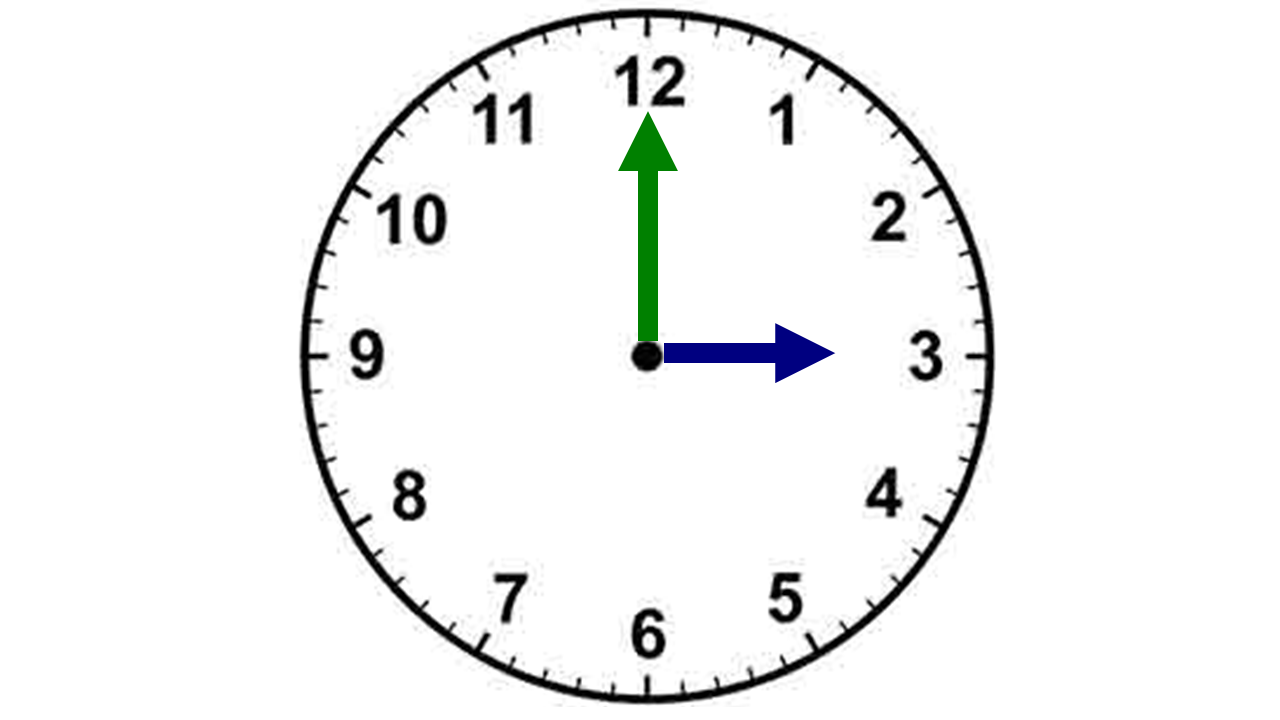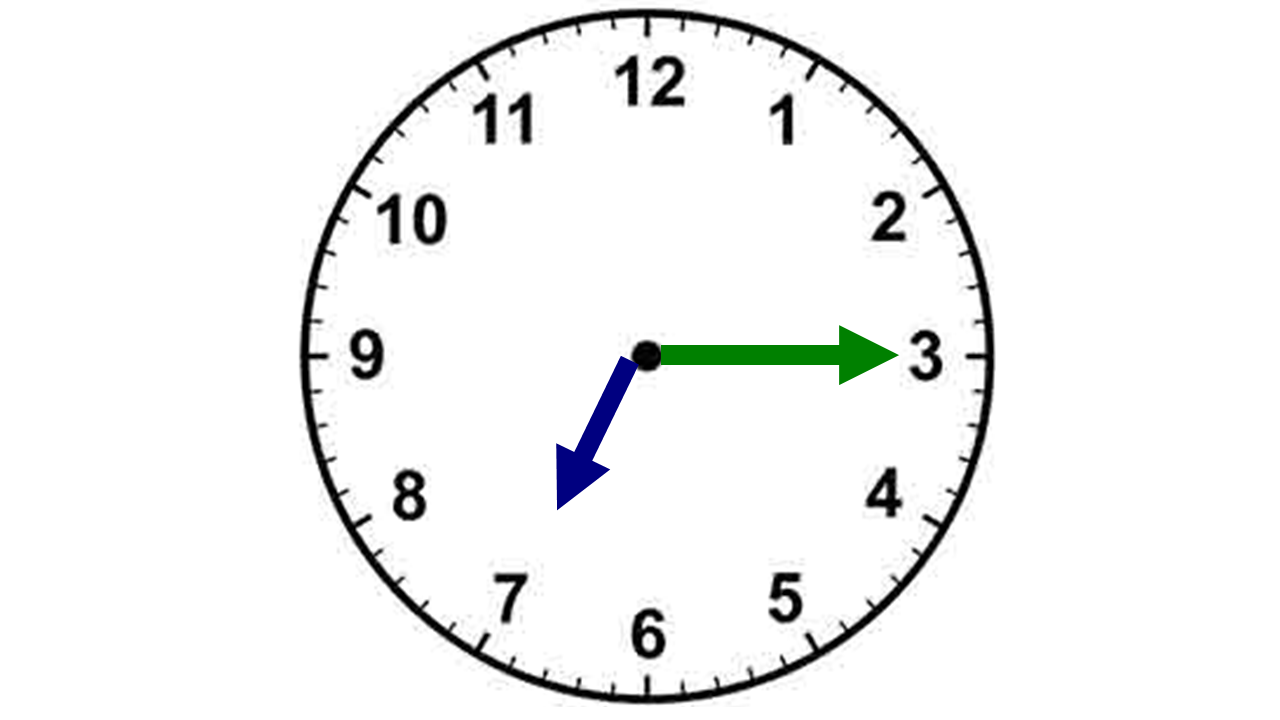
EdPlace's KS1 home learning maths lesson: Time
Looking for short lessons to keep your child engaged and learning? Our experienced team of teachers have created English, maths and science lessons for the home, so your child can learn no matter where they are. And, as all activities are self-marked, you really can encourage your child to be an independent learner.
Get them started on the lesson below and then jump into our teacher-created activities to practice what they've learnt. We've recommended five to ensure they feel secure in their knowledge - 5-a-day helps keeps the learning loss at bay (or so we think!).
Are they keen to start practising straight away? Head to the bottom of the page to find the activities.
Now...onto the lesson!
What should Year 1 and 2 Time Travellers know?
In Year 1 and 2, your child will develop the important life skill of telling the time. We shouldn't underestimate what a baffling concept telling the time is for children.
We believe that if you follow our step by step approach your child will:
1) Understand how to tell the time to the hour and half past
2) Describe the passage of time
3) Apply their knowledge to tell the time using a quarter to/ quarter past and using 5-minute intervals
Step 1 - Language check!
Before we get going, it's crucial to check your child understands the important language we'll use. Let's start with the most difficult to remember, Analogue clock face! Encourage your child to think of this as a special kind of number line that instead of being straight goes around in a circle. Check they understand that the minute hand is the long hand pointing to the minutes and the hour hand is the smaller hand that points to the hour. We take it for granted but check that they can use language that describes the passage of time in the right context. Get them to put these words in a sentence: today, tomorrow, yesterday, before, after, later and tonight.
Step 2 - Mastering the key concepts first...
With this topic it helps it's really important that your child has grasped these key ideas first, why not check with them now?
Number identification: Your child will need to be able to confidently recognise, identify and write numbers 1-12.
Concept of time difference: It will greatly help your child to become confident with telling the time if they understand the difference between minutes and hours.
Be able to count by 5’s to 60: If you wish to challenge your child to tell the time using 5-minute intervals, they will need to be able to confidently count in 5’s. Your child will need to understand that there are 60 minutes in an hour.
Distinguish between the hands-on a clockface: Your child will need to be able to differentiate between the long/big hand and the short/small hand.
Step 3 - Making sure it's not a waste of time...
Children (like us adults) learn better when they can understand how something relates to their everyday lives. Introduce the general concept of time by discussing things they do as part of their routine. For example, ‘we eat breakfast in the morning’ and ‘you have a bath in the evening before you go to bed.’ It's worth then asking your child when certain activities happen, this should encourage them to create different time sections for their day.
As you go through the day with your child, help them to understand how to track time by highlighting the length of certain activities, for example cleaning their teeth or playing in the garden. It may be helpful to try setting a timer for certain activities to help your child connect with the passage of time, such as doing homework or watching TV.
Always analogue, definitely not digital when teaching children to tell the time! Although we're surrounded by digital clocks, on phones, TV’s etc, it's much easier for a child to learn to tell the time and understand it fully using an analogue clock An analogue clock allows the child visually to see the time moving in minute intervals. Where possible try to have these more visual in your house. Begin by pointing out the time on an analogue clock face to the hour and then half-past at predictable times of the day. ‘Oh look, it's 8 o’clock, time for breakfast. The shorthand points to the 8 and the long hand to the 12.’
Ensure your child understands that when the minute hand is halfway through its journey, it points to the 6 and the time is half past the hour. Repeatedly discuss that the long hand shows the minutes and the short hand shows the hour. If you feel they have mastered this, then ask your child to tell you what the clock will look like at different times, where will the hands be? Once, they've cracked telling the time using o’clock and half past, you can move onto quarter to/quarter past. Explain that when the minute hand is a quarter of the way through the journey, it points to the 3 and we call this a quarter past time. When the minute hand is three-quarters of the way through its journey, it is a quarter to time.
Extra time challenge!
If your child is confident with the above and can confidently count from 1 – 60, they can try to count around the clockface in groups of 5s. Remind them that when you count in 5s, every number ends in 5 or 0.
Step 4 - Time to practise!
Have a go at telling the time with these simple analogue clock faces. Make sure your child can see that the green hand (minute) is longer than the blue hand (hour).
a)

b)

c)

Step 5 - Give it a go...
We all know that practice makes perfect, so why not set your child off on this mini time telling course to help them become a time expert.
All activities are created by teachers and automatically marked. Plus, with an EdPlace subscription, we can automatically progress your child at a level that's right for them. Sending you progress reports along the way so you can track and measure progress, together - brilliant!
Activity 1 - Telling the Time (1)
Activity 2 - Telling the Time (3)
Activity 3 - What time is it? (1)
Activity 4 - What time is it? (2)
Activity 5 - What time is it? (3)
Answers
a) Three o'clock
b) Half-past nine
c) Quarter past seven
Keep going! Looking for more activities, different subjects or year groups?
Click the button below to view the EdPlace English, maths, science and 11+ activity library









